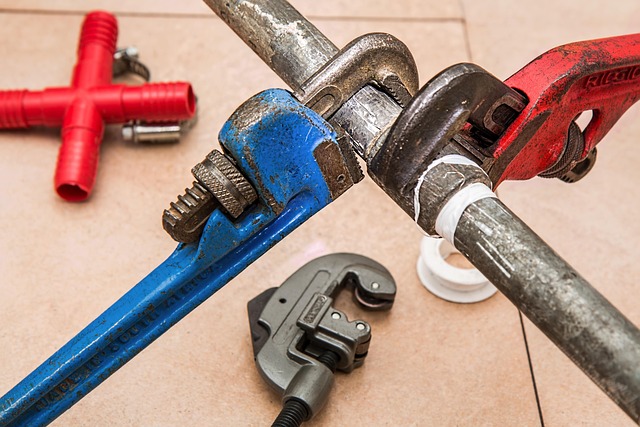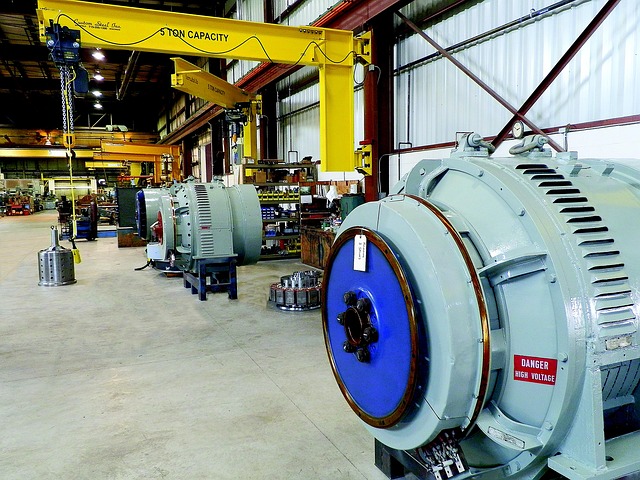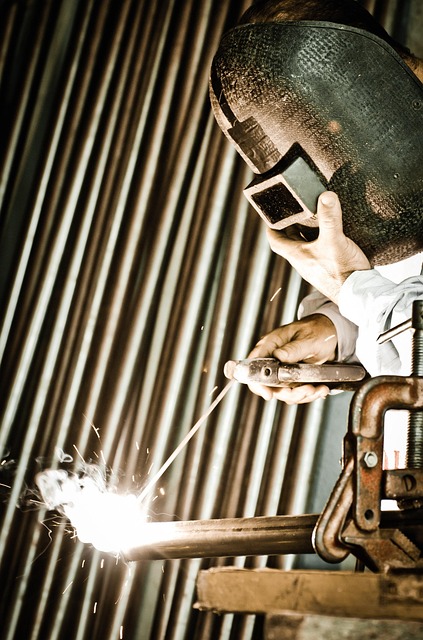Identifying signs of foundation sinking—cracks, uneven doors/windows—is key for homeowners. Consulting professionals specializing in residential foundation repair ensures structural integrity and prevents further damage. Common repair methods like piering and underpinning address issues like settling and shifting soil. Prompt action, regular inspections, proper drainage, and understanding insurance coverage are vital for long-term Residential Foundation Repair.
“Sinking foundations can be a concerning issue for homeowners, indicative of structural problems that require prompt attention. This comprehensive guide delves into the subtle signs of foundation sinking, empowering you to identify common red flags. We explore various repair options, from non-invasive diagnostics to advanced stabilization techniques. Understanding when to seek expert intervention and exploring cost estimates is crucial. Additionally, we discuss preventive measures and insurance considerations for residential foundation repairs, offering valuable insights for ensuring your home’s structural integrity.”
Identifying Common Foundation Sinking Signs

Identifying common signs of foundation sinking is crucial for homeowners, especially those in areas prone to shifting soil conditions. One of the most evident indicators is visible cracks on exterior walls or floors. These cracks may be hairline or wider, appearing in various patterns depending on the type and extent of sinking. Another telltale sign is uneven or slanted doors and windows, which can stick or fail to close properly due to misalignment caused by foundation movement.
Additionally, noticeable gaps between foundations and their surrounding elements, like floors, ceilings, or walls, suggest potential issues. Foundation sinks may also cause stairs or floors to feel unlevel or lopsided. If you notice any of these residential foundation repair signs, it’s advisable to consult with professionals who can assess the situation accurately and recommend appropriate solutions for structural integrity and stability.
Types of Residential Foundation Repairs

Residential foundation repairs are a crucial aspect of maintaining a safe and stable home. The types of repairs can vary greatly depending on the specific issue, which might include settling, shifting, or damage from water intrusion. One common repair is piering, where additional supports are installed beneath the foundation to stabilize it. This method is particularly effective for homes with shallow foundations that have sunk unevenly.
Another type of Residential Foundation Repair involves replacing or reinforcing the footings, which are the structural elements that transfer the load of the building from the walls and roof to the soil below. Heaving, caused by ground water expansion, can lead to visible cracks in the foundation walls and floors. Addressing these issues promptly through professional repair services ensures not only the structural integrity of the home but also prevents further damage and costly repairs down the line.
When to Call an Expert for Foundation Issues

If you notice signs of a sinking foundation, it’s crucial to act swiftly. While some issues might be superficial and easily addressed, others could indicate severe structural damage that requires immediate professional intervention. Contacting an expert in residential foundation repair is essential if you observe cracks in walls or floors, uneven floors, doors or windows that stick or fail to close properly, leaning or tilted walls, or visible gaps around doors and windows. These are all telltale signs that your home’s foundation might be compromised, and a qualified technician can accurately diagnose the problem and recommend appropriate solutions for effective residential foundation repair.
Cost Estimates for Sinking Foundation Repair

The cost of repairing a sinking foundation can vary widely, depending on several factors specific to each property. For residential foundation repair, the average cost typically ranges from $10,000 to $30,000. This estimate includes both the materials and labor required to address the issue. However, more complex cases—such as severe slant or structural damage—may demand more substantial investments, potentially reaching up to $50,000 or more.
It’s crucial to remember that these figures are approximate, and actual costs may differ. Consulting with a professional contractor who specializes in residential foundation repair is essential to obtain an accurate estimate tailored to your unique situation. They can assess the extent of the damage, recommend suitable repair methods, and provide a detailed breakdown of the expected expenses.
Non-Invasive Diagnostic Techniques for Foundations

Non-invasive diagnostic techniques have become invaluable tools in the field of residential foundation repair. These methods allow experts to assess structural integrity without causing damage or disruption to the property, making them ideal for assessing potential sinking foundation issues. One such technique is ground-penetrating radar (GPR), which uses electromagnetic waves to create detailed images of underground structures. This technology can identify cracks, voids, and other anomalies in foundations that may indicate sinking or settlement.
Another non-invasive method is the use of moisture sensors and ground stability monitoring systems. These tools measure moisture levels in the soil and monitor changes in ground movement over time. By analyzing these data points, foundation repair specialists can pinpoint problem areas and develop effective solutions for stabilizing sinking foundations, ensuring longevity and structural integrity for residential properties.
Effective Foundation Stabilization Methods

When a foundation starts to sink, it’s crucial to act swiftly for effective residential foundation repair. The good news is that there are several stabilization methods available to restore structural integrity and prevent further damage. One common approach involves underpinning, where additional support beams are installed beneath the foundation to provide extra strength and stability. This method is particularly useful for older homes with settling issues.
Another effective solution is piering, which includes the use of hydraulic piers or metal helical piers driven deep into the soil to support the foundation. This technique is ideal for situations where the soil composition doesn’t allow for traditional underpinning. Additionally, foundation walls can be reinforced using carbon fiber bars, a lightweight and durable option that enhances structural support without adding significant weight. These methods not only stabilize the foundation but also ensure long-term durability for your home’s basement or lower levels.
Preventing Future Foundation Sinking

Preventing future foundation sinking is a crucial aspect of maintaining a stable and secure home, especially in regions prone to shifting soil conditions. One effective strategy for both residential foundation repair and long-term prevention is regular inspection and maintenance. Homeowners should schedule periodic assessments by professional foundation specialists who can identify early signs of settlement or movement. Addressing these issues promptly through techniques like underpinning, piering, or slab jacking can halt further sinking.
Additionally, proper drainage around the property plays a vital role in preventing foundation problems. Ensuring that rainwater and stormwater are directed away from the home’s foundation can reduce soil saturation, which contributes to settling. Implementing effective landscaping strategies, such as installing French drains or modifying slope grades, helps maintain optimal moisture levels in the soil, thereby safeguarding the integrity of residential foundations over time.
Insurance Coverage for Foundation Damage

When it comes to residential foundation repair, understanding insurance coverage is a crucial step in navigating potential costs. Many home insurance policies include provisions for structural damage, which can encompass foundation issues. However, the extent of coverage varies between insurers and policy types. Homeowners should review their specific policies to determine if foundation problems are covered and to what extent.
For instance, standard homeowners’ insurance may offer limited protection for foundation repair, especially if the damage is gradual or results from issues like settling or erosion. In such cases, comprehensive or separate coverage might be necessary. It’s essential to discuss these options with an agent to ensure adequate protection against costly foundation repairs, a critical aspect of residential foundation repair considerations.
